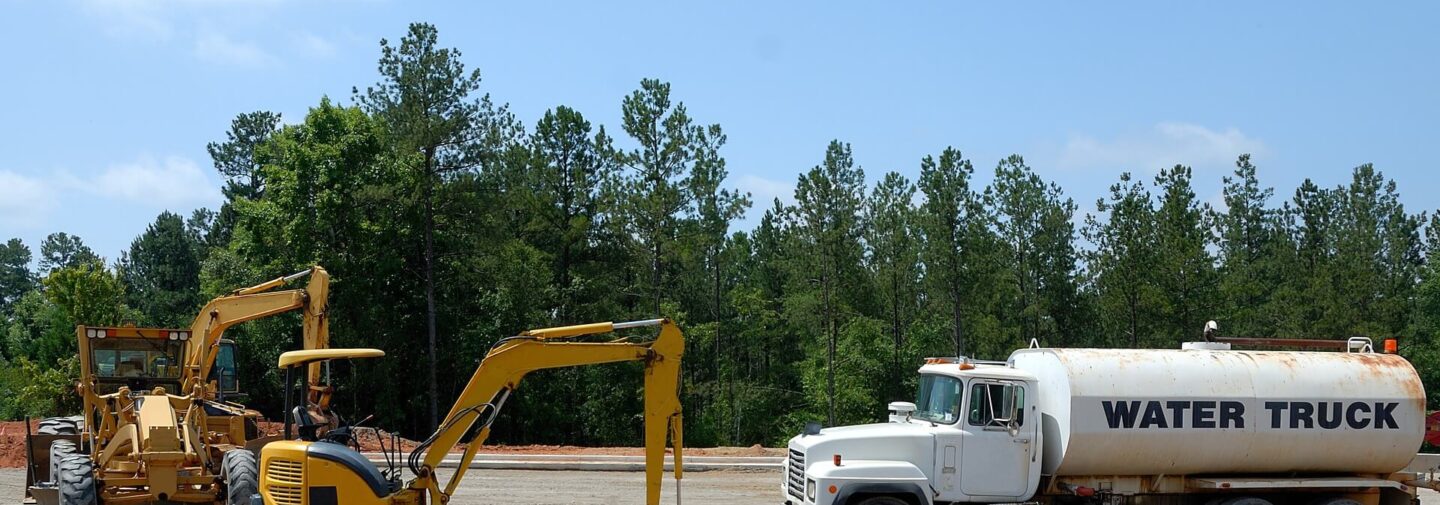Five Construction-Related Effects of Heavy Vehicle National Law and Chain of Responsibility (CoR) Rules
As of Oct. 1, 2018, under the HVNL and CoR rules, Australian construction companies face new concerns on the order of how to deal with heavy vehicles on and off of the construction site. It’s a different way of regulating control and/or influence over the heavy vehicle transport supply chain. Responsibility for breaches in safety duty, incidents that may increase risk of death or injury, and senseless recklessness in matters pertaining to the use, loading or maintenance of heavy vehicles is now a primary component of the process. In the event of any breach in issues pertaining to heavy vehicle transport safety, any in-the-chain party/parties that had capability or influence over an associated transport process will be held accountable for failure to take reasonable and practical preventative measures.
Here, in a nutshell is how five basic construction-related changes as defined by HVNL and CoR Rules can affect the construction industry.
1) Maintenance Added To Vehicle Standards
Vehicle safety is greatly affected by the construction and roadworthiness of said vehicle. As such, preventative maintenance and inspection is critical to vehicle safety.
2) Increased Primary Duty Penalties
Rules without teeth quickly become suggestions rather than requirements. In Australia, the 2018 Chain of Responsibility includes a rather large increase in primary duty penalties.
3) Changes In Standard of Legal Duty
In the process of working to prevent breaches in safety, contractors can no longer limit the concept to terms of “all reasonable steps” toward prevention of known incidents. Rather, the new standards demand forward thinking wherein the in-the-chain parties practice a practical preventive mode of operations.
4) Changes In Industry Codes
It’s all in the details. Registration mandates use of more compliance substantiated codes. New codes must identify and focus on suitable control measures based upon common industry-related CoR risk factors. However, Registration is not assured by mere adoption of the new codes. Businesses must also demonstrate effective application of such codes.
5) Adjusted Executive Liabilities
Here we see a greater effort to eliminate delegation of Executive duty. In the old manner, prosecution of members of the Executive were directly linked to breaches of a CoR component as perpetrated by their business. New 2018 changes weigh in on whether an Executive could have prevented a breach by the exercise of “reasonable diligence.” Therein all parties within the Chain of Responsibility are required to exercise “all due diligence.” Executives that fail to put into place a sensible CoR control structure and practice risk prosecution.





